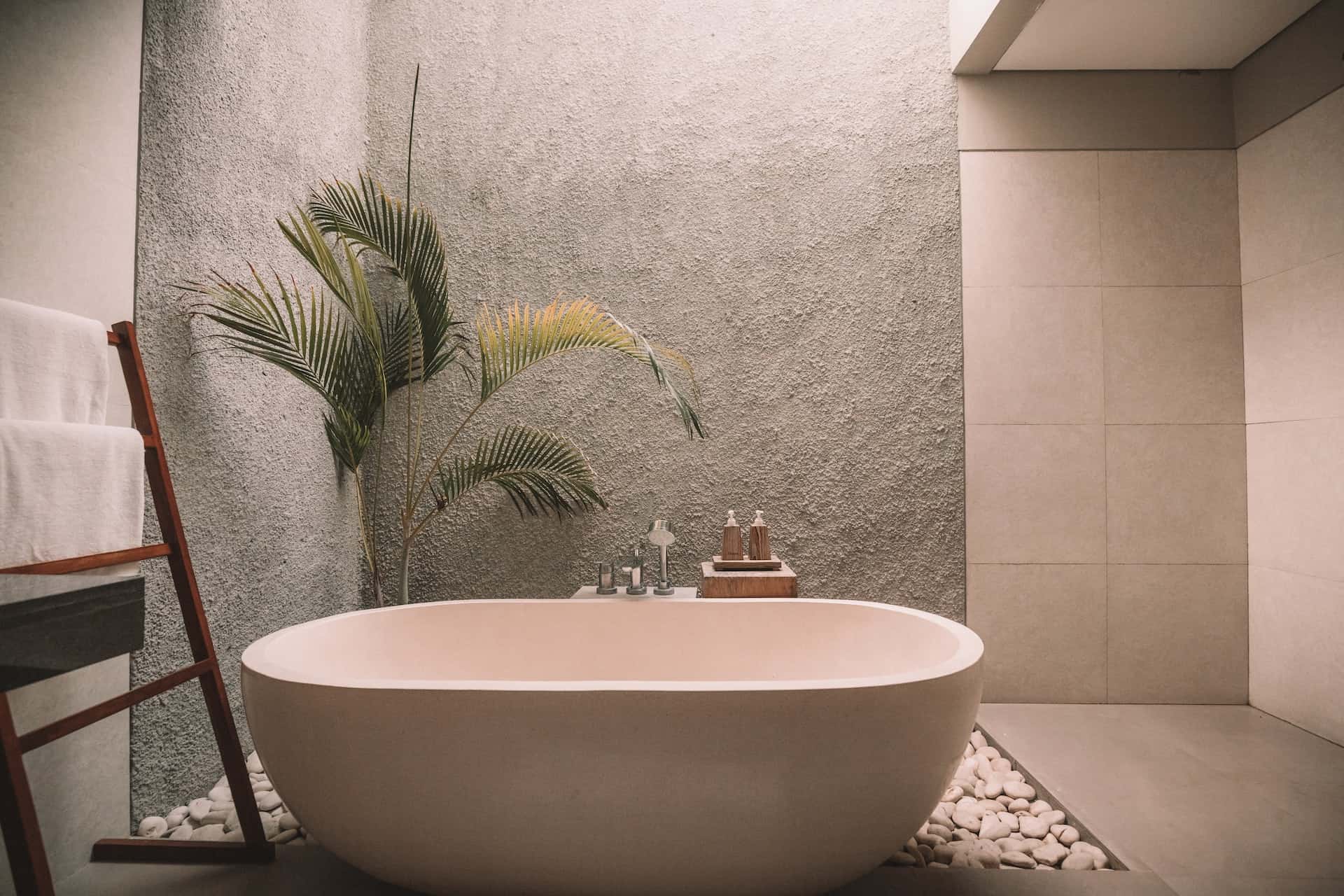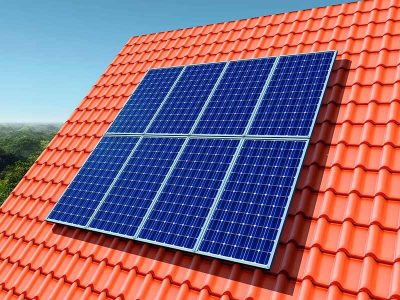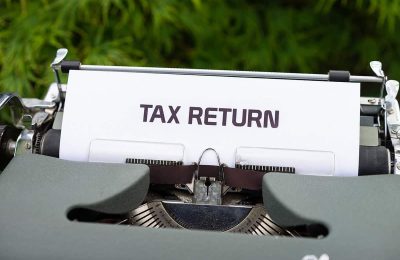The rental market is changing and buy-to-let landlords have noticed the growing demand for eco-friendly properties. The green credentials of a property are increasingly important to tenants and when you’re making an investment decision, it should be taken into consideration.
Higher rental yields
With more people returning to city centres, there’s competition among tenants to secure a rental property. Occupants are often willing to pay more for properties that provide better facilities and landlords who can deliver smart tech, energy-efficient appliances and green spaces are in a better position to make a larger profit. Achieving higher rental yields on your property also makes you a more eligible investment in the eyes of a lender.
“It’s all about being as energy-efficient and eco-friendly as possible, whether you’re installing solar panels or designing your eco home from the ground up. The latter means you can really go to town on your design,” says Pete Mugleston, Managing Director and Mortgage Expert at Online Money Advisor. “Common materials used include; timber frames, glass, metal and recycled plastic. Some homeowners look at the full lifecycle of the materials used and even how they can carbon offset the build to make it as sustainable as possible. Anything you can do to boost its green credentials can make a difference.”
Opportunity to save costs
Eco-friendly properties have lower operating costs, and if you offer rentals with bills included, upgrading to greener alternatives can have a big impact on your bottom line. Utility bills can often reduce profits significantly for landlords offering an all-inclusive property, especially if they have tenants who leave lights or the heating on all day and night, so switching to smarter options can help significantly minimise costs while also benefiting the environment.
Better EPC ratings
The Scottish Government intends to introduce regulations requiring all privately rented properties to reach a minimum standard equivalent to EPC C by 2025 (where technically feasible and cost-effective to do so).
Going green now will put landlords in a better position as more rules and regulations come into play to meet these targets, while also helping your property achieve a better EPC rating which makes it a more attractive option for tenants.
How to put eco-friendliness at the forefront
Raising the EPC of a property is simpler than it might seem on the surface, and it offers a number of financial and reputational benefits for landlords. Taking a proactive approach to sustainability, such as installing charging points for tenants to use for electric vehicles, adding recycling bins and opting for energy-efficient appliances if you’re letting a furnished property, can all help to create a more environmentally friendly and cost-effective property.
But there are upgrades you can make to the actual property too that can make all the difference, such as insulating the property to bring heating costs down and raise the EPC rating, and installing an electric boiler instead of relying on gas, which is not only better for the planet but also better suited to smaller properties such as flats. Larger properties may benefit from renewable energy sources, such as solar power or ground source heat pumps, which are cost-effective to operate and deliver low-carbon energy.
Lighting is another area where landlords can take actionable steps to eco-friendliness, accounting for 15% of the average home’s energy consumption. LED lighting is up to 80% more efficient than traditional lighting and lasts longer. Motion sensors are also a highly effective way to bring energy usage down, as the lights will only be triggered when someone enters the room.
Final thoughts
Tenants are increasingly looking for rental properties which meet certain standards of energy efficiency, so in order to attract occupants and stay competitive in the rental market, landlords need to consider ways they can improve their green credentials. Not only does it reduce your carbon footprint and benefit the planet, but it also results in healthier financial statements and ensures your buy-to-let investment adheres to the legal changes in light of climate change.
Whether it’s changing the shower head in the bathroom to one which minimises water wastage, installing a dual-flush toilet system or changing the lights to LED alternatives, landlords can make eco-friendly choices that will make their properties more appealing to the environmentally conscious tenant.












